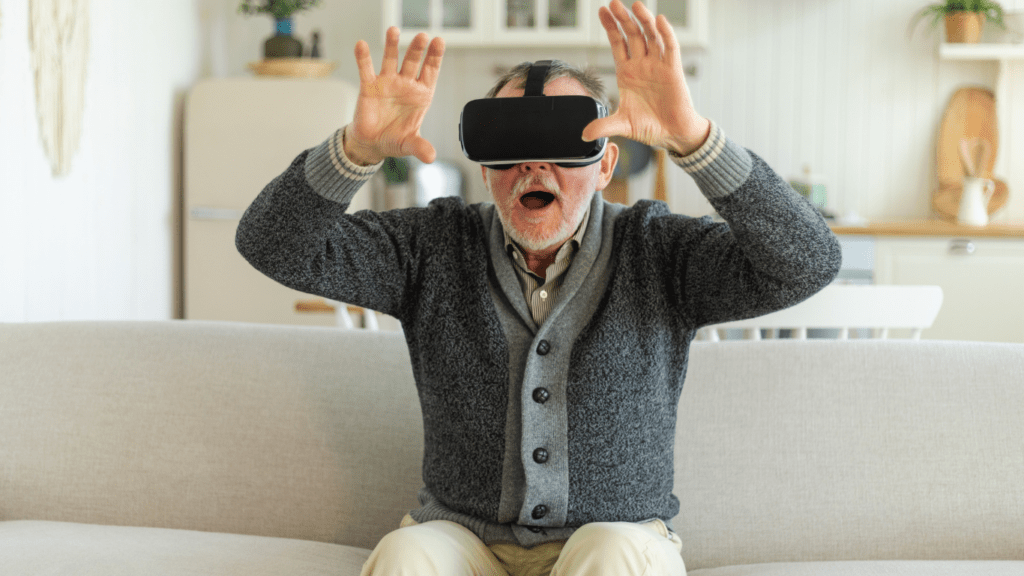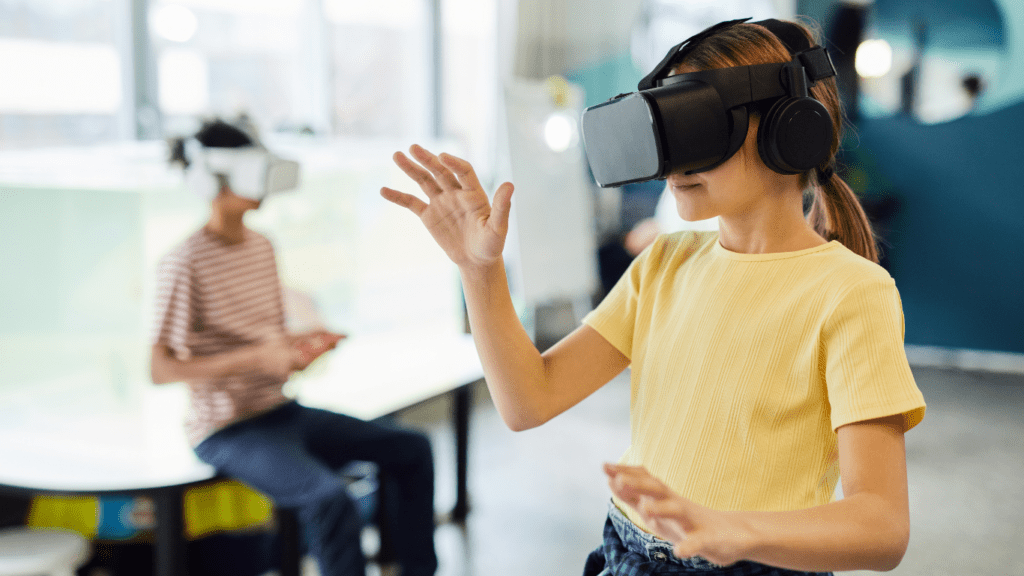Immersive, interactive, and captivating – that’s the essence of the role virtual reality (VR) plays in transforming media experiences. As a seasoned blogger, I’ve witnessed firsthand the seismic shift VR technology has brought to the way we consume content. From stepping into a virtual world to exploring distant places from the comfort of our homes, VR has revolutionized the media landscape.
In this article, I delve into the profound impact of VR on media experiences, exploring how this cutting-edge technology blurs the lines between reality and imagination. As I unravel the ways in which VR is reshaping storytelling and content creation, you’ll discover the endless possibilities this innovative tool offers for both creators and consumers alike. Join me on a journey through the virtual realm where boundaries are limitless, and experiences are boundless.
Exploring Virtual Reality in Modern Media
I, with great excitement, delve into the realm of Virtual Reality (VR) and its profound impact on modern media experiences. Let’s navigate through the intricate details of this technological marvel.
Defining Virtual Reality
Virtual Reality refers to a simulated environment created by advanced technology that immerses users in a digital world. It aims to replicate a real-life experience through sensory stimuli, allowing users to interact with a three-dimensional environment in a seemingly real way.
Virtual Reality vs. Traditional Media Formats
In contrast to traditional media formats like television or print, Virtual Reality offers a more immersive and interactive experience. While traditional media provides passive consumption, VR engages users actively, enabling them to explore and interact within the virtual environment. This dynamic shift in user engagement has revolutionized the way content is consumed and created in the modern media landscape.
The Impact of Virtual Reality on Cinema and Television
Virtual Reality (VR) has revolutionized the entertainment industry, profoundly impacting the realms of cinema and television. Let’s explore how VR technologies have transformed traditional storytelling formats and the production of immersive content.
Enhancing Storytelling Through Immersion
In the world of cinema and television, virtual reality has opened up new avenues for storytelling by enhancing immersion. By placing viewers at the center of the narrative, VR allows for a more engaging and interactive experience. Creators can craft compelling stories that unfold around the viewer, creating a sense of presence and emotional connection that traditional media formats struggle to achieve.
Case Studies: Innovative VR Films and Shows
Numerous innovative VR films and shows have showcased the power of this technology in redefining entertainment experiences. For example, “Allumette” is a VR film that immerses viewers in a whimsical animated world, allowing them to explore the story from different perspectives. Similarly, the TV series “Invisible” incorporates VR elements to enhance user engagement, blurring the lines between the on-screen action and the viewer’s reality.
VR’s impact on cinema and television is unmistakable, paving the way for a new era of immersive storytelling and content creation.
Virtual Reality in Journalism and Documentaries
Bringing Stories to Life
Immersive journalism utilizing virtual reality (VR) has revolutionized storytelling by transporting viewers into the heart of the narrative. Journalists can now offer audiences a firsthand experience of news events, creating a profound connection through sensory immersion. As a journalist, I’ve witnessed how VR enhances the viewer’s understanding of complex issues by providing a multi-dimensional perspective. By combining visual and auditory stimuli, VR enables the audience to engage with stories in a more impactful manner, making news experiences more vivid and memorable.
Ethical Considerations in VR Journalism
In the realm of VR journalism, ethical considerations play a crucial role in balancing immersive storytelling with responsible reporting. As a content creator, I prioritize maintaining the integrity of information presented in VR documentaries to ensure accuracy and truthfulness. It’s essential to navigate the fine line between engaging storytelling and sensationalism, upholding ethical standards while leveraging the power of VR technology. By adhering to ethical guidelines, journalists can deliver compelling narratives that resonate with audiences while upholding journalistic principles of truth and transparency.
The Future of Virtual Reality in Media
In the rapidly evolving landscape of media experiences, the future of virtual reality (VR) holds immense promise and potential. As technology continues to advance, the role of VR in shaping the way we consume and interact with media is set to expand dramatically.
- Emerging Technologies and Trends
As we look ahead, it’s evident that emerging technologies and trends in VR will play a pivotal role in transforming media experiences. From advancements in hardware, such as more immersive headsets and haptic feedback devices, to software innovations like AI-driven content creation and real-time rendering, the possibilities are boundless. These developments will not only enhance the quality of VR experiences but also open up new avenues for creativity and storytelling. - Potential Challenges and Opportunities
While the future of VR in media is bright, it also comes with its own set of challenges and opportunities. One of the key challenges is ensuring widespread accessibility to VR technology, bridging the gap between affordability and quality to reach a broader audience. Additionally, content creators and media professionals will need to navigate ethical considerations surrounding VR content, ensuring responsible and inclusive storytelling practices. Despite these challenges, the opportunities for innovation and growth in the realm of VR media experiences are abundant, offering new ways to engage audiences and transform traditional forms of media consumption.

Madeline Bloch
Madeline Bloch is a highly respected journalist and article writer, known for her sharp insight and compelling prose. With a deep passion for storytelling and a commitment to uncovering the truth, Madeline has made a significant impact in the world of journalism.


